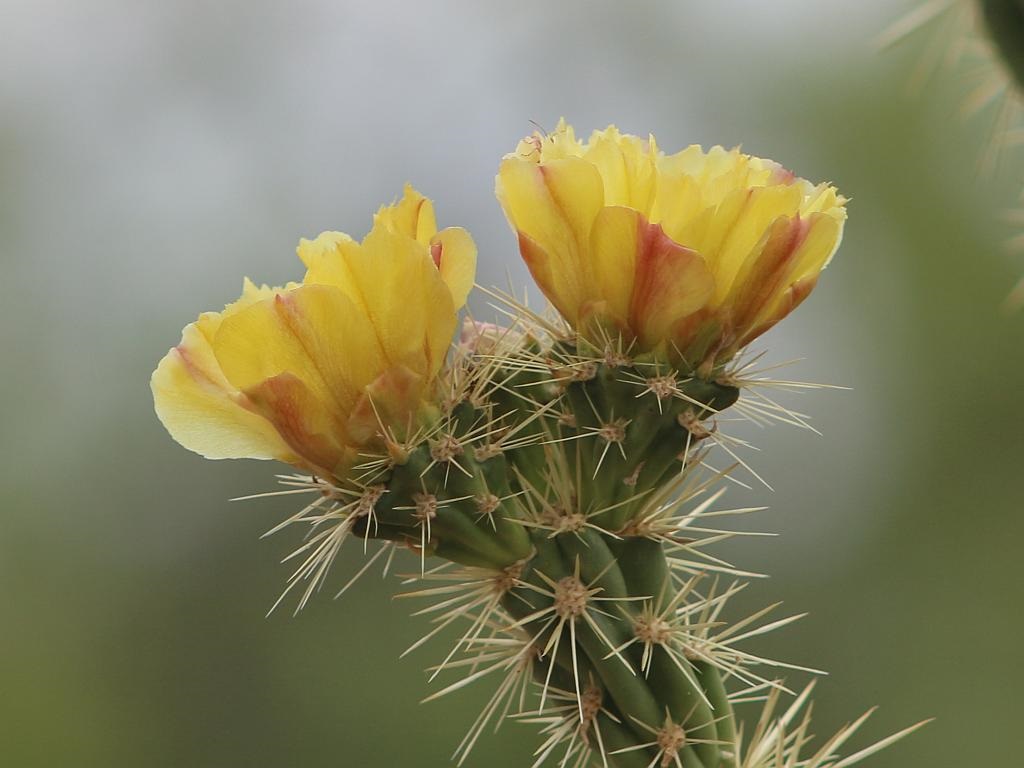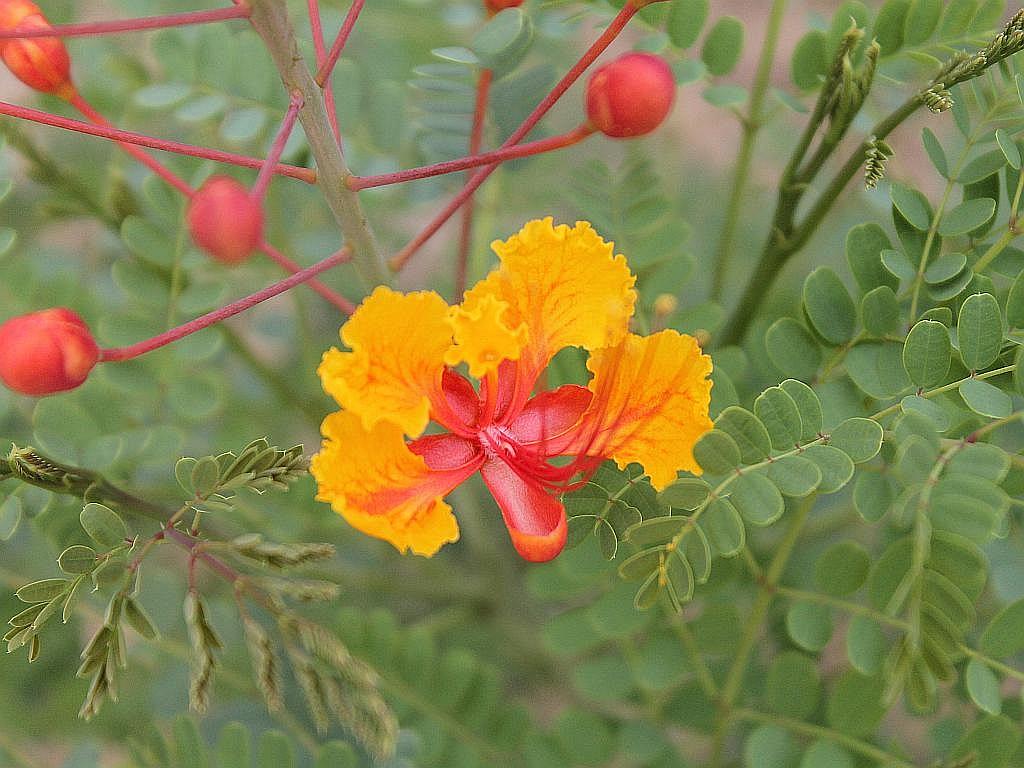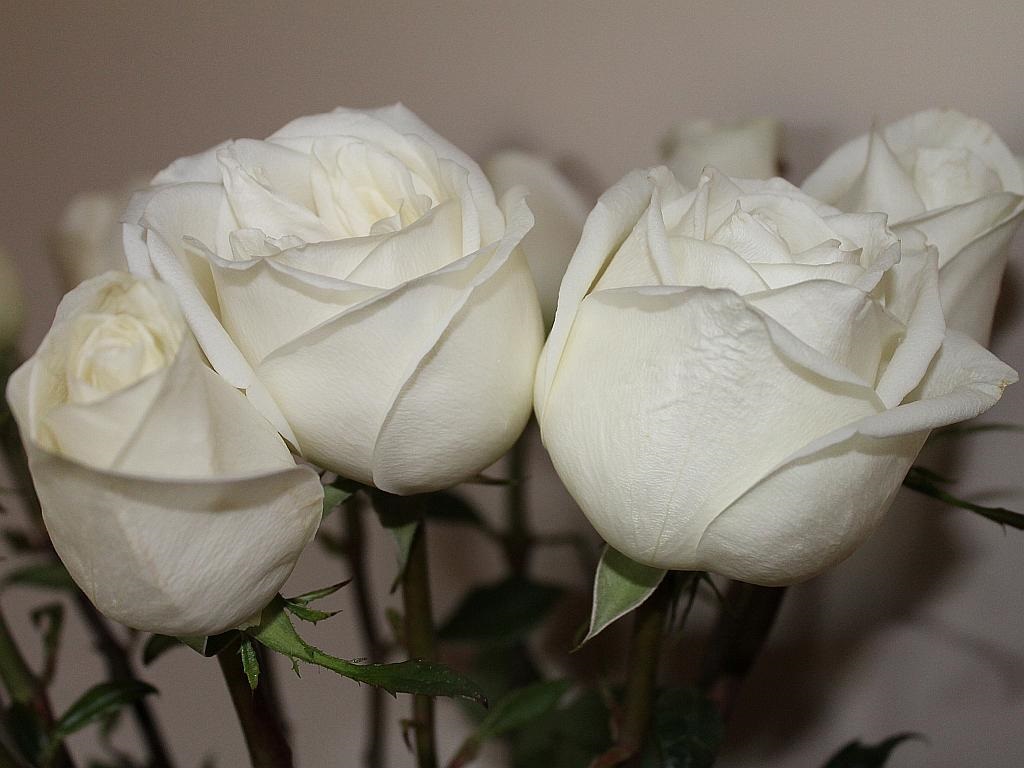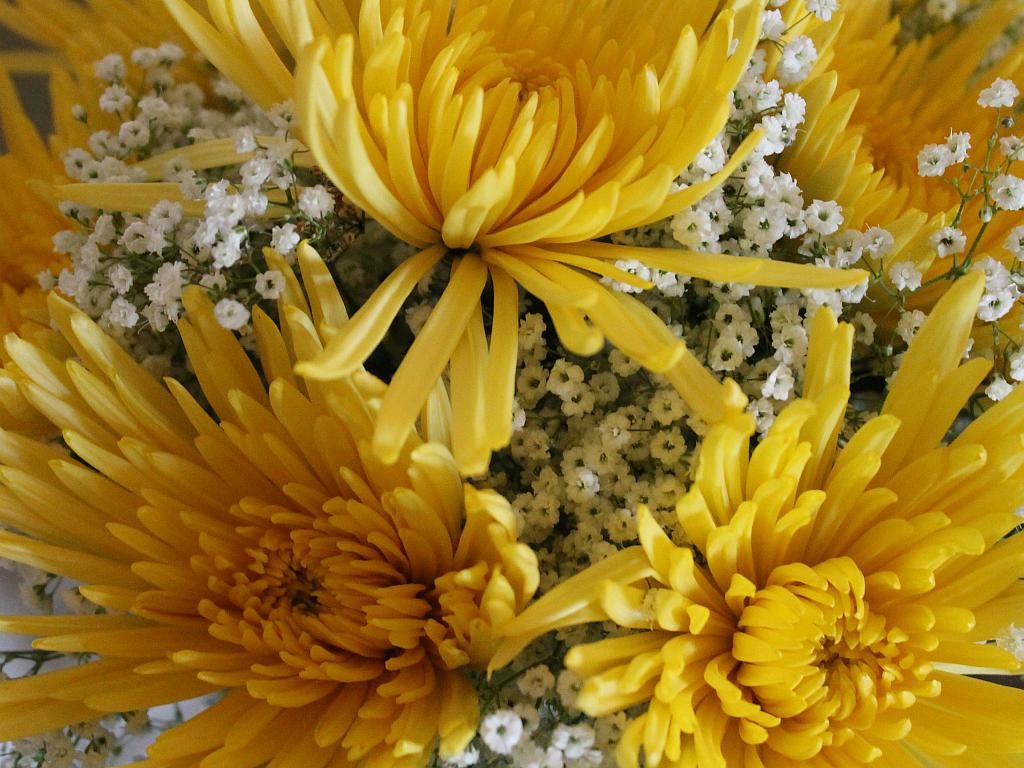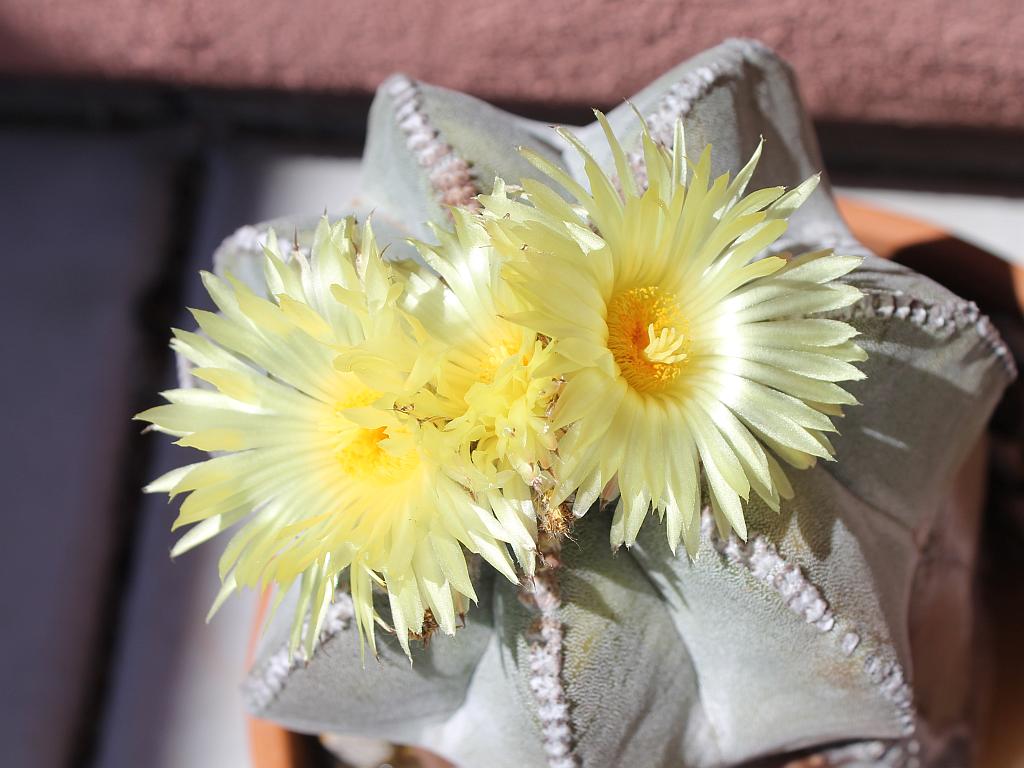Home & Garden
Late Blooming Cholla Flowers
Several of the cholla cacti around the house have flowers opening in early summer which is pretty late in the season for them according to our observations. However, cactus flowers are always enjoyable regardless of when they occur. Click on the image to enlarge.
Some of the compass barrel cacti in the neighborhood are opening and many of the saguaros in the area have more flowers even though our big guy’s flowers seem to have come and gone. There didn’t seem to be as many this year from big guy.
Now, we look forward to second spring which will be here in a couple of months. Meanwhile, high temperatures and monsoons and the resulting humidity are in the immediate future.
Red Bird of Paradise Flower
The third of our three Pride of Barbados (a.k.a. Red Bird of Paradise) shrubs in the courtyard now has flowers opening. It has been over three weeks since we saw the first flower and now all three have these wonderful colors that I love so much. Click on the image to enlarge.
The shrubs are still coming back from their winter hibernation and are getting taller every day. We cut the plants down to less than a foot for the winter and all of them are getting to be three feet tall now. I like it when I can see my beautiful flowers from the road below the front of the house when they are tall enough to see over the courtyard fence.
Vendela Roses
The Spider Mums from last week had run their gamut, so it was time to replace them in the vase on the sofa table. The flower concession in the supermarket didn’t have much in the way of lilies or mums this week, so we opted for the more costly, but well worth the slight extra expense, roses.
We have come across this light cream colored rose variety many times as they are pleasant to look at, smell nice and last the better part of a week. These look very nice in my tall crystal vase. Click on the image to enlarge.
Spider Mum Bouquet
Lately, the flowers at the supermarket flower concession stand have been less than spectacular (to say the least). Today, however, there were these gorgeous yellow spider mums on the shelves. I picked out a couple of the packaged flower bundles and some baby’s breath and arranged them into the large vase on the sofa table. Click on the image to enlarge.
Spider mums are actually a variety of chrysanthemums grown throughout the world and originally from China. This interesting information is from GardenGuides Dot Com:
Spider mums belong to the chrysanthemum family, with some of that family’s largest blooms. Spider mums are also known as football mums in the United States, as they are the flower most commonly appearing in homecoming corsages. Long revered in China and Japan, versatile chrysanthemums retain their blossoms long after they’ve been cut, have antibacterial properties and even represent a substantial cash crop for their ability to produce a natural insecticide.
Native to China, mums became popular in the United States over the last century. The 18th century Swedish botanist Karl Linnaeus created the name chrysanthemum by combining the Greek words chrysos (meaning gold) and anthos (meaning flower). In 1989 chrysanthemums made news in NASA’s study on plant abilities to remove toxins from indoor air; the report indicated that mums absorbed 61 percent of the formaldehyde in its environment. The mum is also a significant source of pyrethrum, a naturally occurring insecticide used in flea repellent. Tea made from the flower has long been used throughout Asia for medicinal purposes.
Bishop’s Cap Cactus Flowers
My reliable Bishop’s Cap cactus is flowering again. Only three flowers today, not nearly a record for this cactus, but pretty indeed.
I did a little research on Wikipedia and came up with this information about one of my favorite cacti:
Astrophytum myriostigma (common names: Bishop’s Cap Cactus, Bishop’s Hat or Bishop’s Miter Cactus) is a species of cactus native to the highlands of northeastern and central Mexico.
Synonyms include Echinocactus myriostigma, Astrophytum prismaticum, A. columnare, A. coahuilense, A. tulense, and A. nuda.
A. myriostigma is a spineless cactus defined by the presence of three to seven (usually five) pronounced vertical ribs which define the cactus’ shape when young (the genus name “astrophytum”, literally, “star plant”, is derived from the resulting star-like shape). As the cactus ages, more ribs may be added and it becomes more cylindrical in shape, growing up to about 70–100 cm tall and 10–20 cm in diameter. In the wild, globose to cylindrical stem is covered with a whitish flocking of trichomes. Some horticultural varieties lack the flocking.
In the wild, the cacti flower in early spring, so that their seeds can grow with summer rains. In cultivation this differs, and the plants may flower in summer. Plants produce one or more flowers 4–6 cm diameter near the apex; the numerous tepals are creamy yellow, sometimes with an orange or red base. Pollinated flowers develop into a hairy reddish fruit about 2-2.5 cm in diameter. Plants may take up to six years to flower. A. myriostigma is commonly grown as an ornamental plant in cactus collections.
The 2015 Spring Cactus Flower Show
I usually try to put up a slideshow towards the end of springtime to display pictures we have taken of cactus flowers each year. This is this year’s collection of flower pictures taken since the first flowers of spring in March, or so. Click on the image to advance each slide.
This is a list of the flowers in the slideshow (in order of appearance):
- Argentine Giant Flower
- Ferocactus Flower
- Saguaro Flowers
- Prickly Pear Flower with Pollinator
- Orange Prickly Pear Flower
- Ocotillo
- Cow’s Tongue Cactus Flower
- Saguaro Flower and Hummingbird
- Hedgehog Cactus Flower
- Saguaro Flower
- Devil’s Tongue Barrel Cactus Flower
- Cholla Flower
- Bishop’s Cap Flowers
- Beavertail Cactus Flower
- Barrel Cactus Quartet of Flowers
Not all of these flower pictures were taken on our property, but most of them. All were taken within town limits of Wickenburg, AZ.


